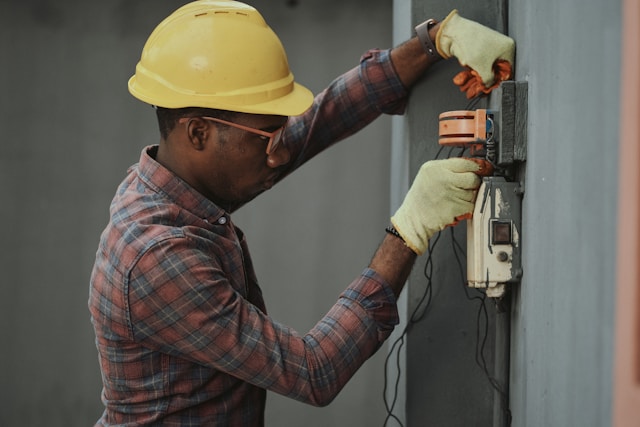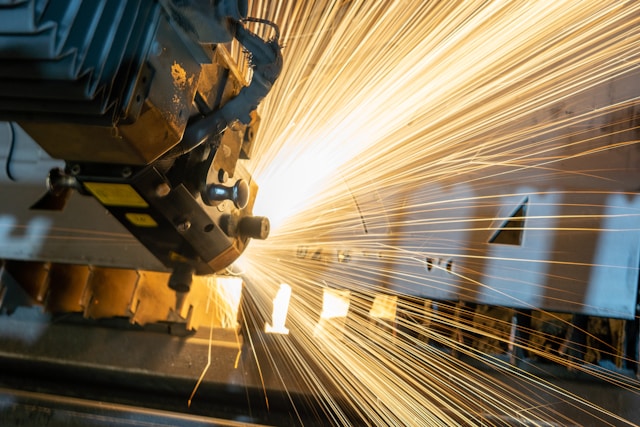
When considering a water softener, you’ll have to consider its benefits and drawbacks before deciding on a particular type. In addition, you’ll have to determine which type is best for your needs. These devices are categorized as salt-based, ion exchange, and reverse osmosis.
Ion exchange
Ion exchange is a process in water softeners that changes the ions’ strength in water. The positive ones and vice versa displace the negative ions. The common negative ions are chlorine, sulfur oxide, and hydrogen oxide. The most common ion exchange resin in water softeners Tampa is a fine-mesh resin with smaller beads.
The process involves using a resin that exchanges one ion for another and holding onto the new ion for a while. The wax releases the ion when it is rinsed with a regenerating solution. The regeneration process is necessary because, after a time, the resin no longer holds on to the new ion and cannot absorb the hardness in water. To restore the effectiveness of the resin, the water softener uses a concentrated sodium chloride solution.
Reverse osmosis
Reverse osmosis water softeners are ideal for homes that struggle with hard water. These water treatment systems remove the sodium ions that cause challenging water problems. A reverse osmosis water softener can also help eliminate odors and funny tastes. It is also a great way to reduce household expenses. In addition, reverse osmosis water softeners are one of the best ways to improve your home’s water quality. You can install a whole-house water softener or a point-of-use reverse osmosis water treatment system. These systems are available in many different designs and models.
Resin beads
A water softener is a device that uses resin beads to clean water. These beads are negatively charged, so they attract calcium and magnesium ions. These minerals stick to the resin beads while traveling through the plumbing system. When the water passes through the softener, the cleaned water travels through the resin bed and is released down the drain.
Water softeners soften hard water and remove chlorine and dissolved minerals from water. Approximately 85% of American households have hard water. This water contains high levels of dissolved minerals that harm our health. Hard water is also difficult to wash clothes and appliances. Water softeners can be a great way to improve the quality of water in your home. They work by allowing water to pass through a tank of resin beads. The beads attract the metals in the water and remove them, creating soft water that flows to your home plumbing.
Regeneration
Water softeners are a water treatment system that uses ion exchange to replace metal ions like calcium and magnesium in water. The resins used in water softeners have a negative charge that binds to these metal ions. These resins are molded into beads, which have millions of tiny pores. When complete, the dots need to be replaced. Regeneration of water softeners involves the addition of potassium chloride or salt brine to the softener, which requires a chemical reaction to keep the beads charged.
The regeneration process of water softeners can be optimized by using higher salt concentrations. The higher the sodium chloride brine concentration, the more excellent selectivity of the resin for divalent cations. As the TDS level increases, this selectivity reverses. A sodium brine concentration of 10% or more is ideal.





More Stories
6 Reasons to See a Sleep Doctor
Tips for Elderly Care
What To Do If You’ve Been Injured Playing Sports